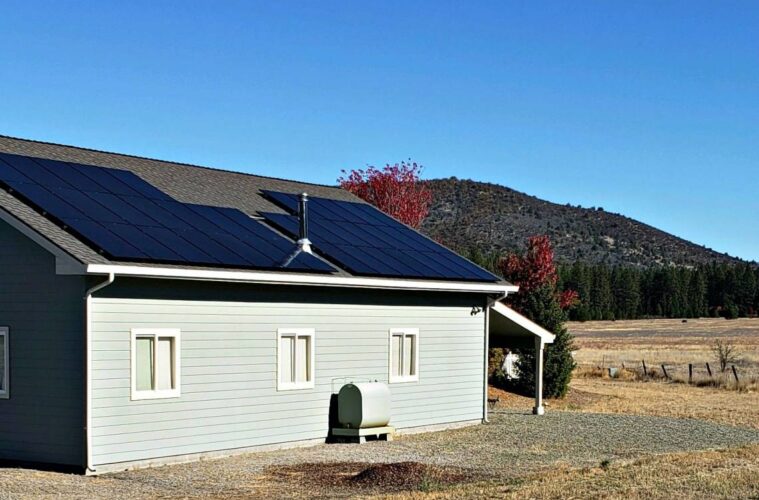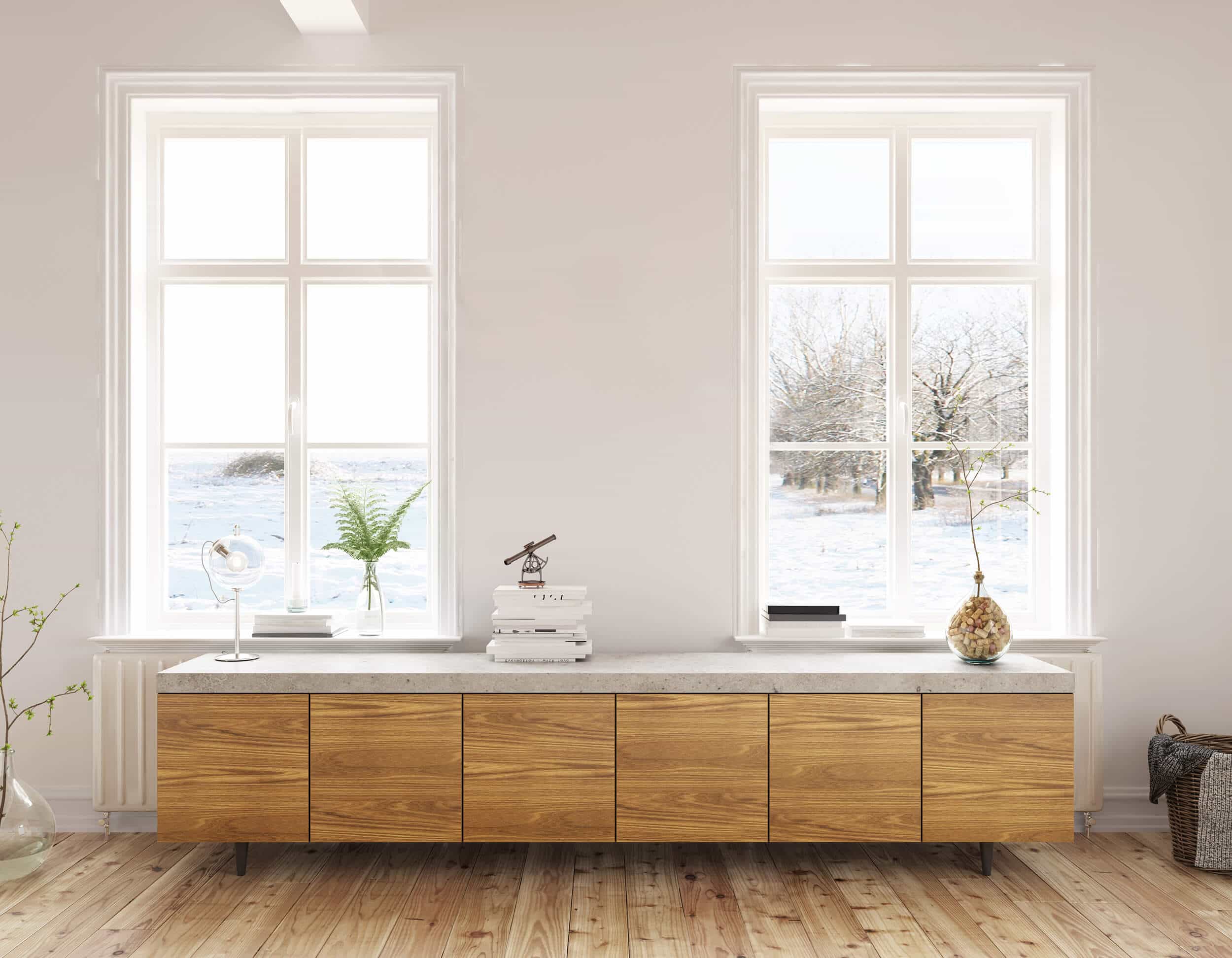Australian homes are falling behind in the worldwide battle to become more energy efficient, which is one of the consequences of increasing climate change. How much energy is required to run a home, including for heating and cooling, depends on how energy-efficient the property is. Less energy is consumed for the same operations the more efficiently a system is run, and vice versa. As a result of the vast majority of our electricity being produced by burning fossil fuels like coal and gas, electricity generation is Australia’s main driver of climate change causing increased electricity costs and the pressure to invest in a more energy-efficient home.
Transitioning to Energy-Efficient Homes
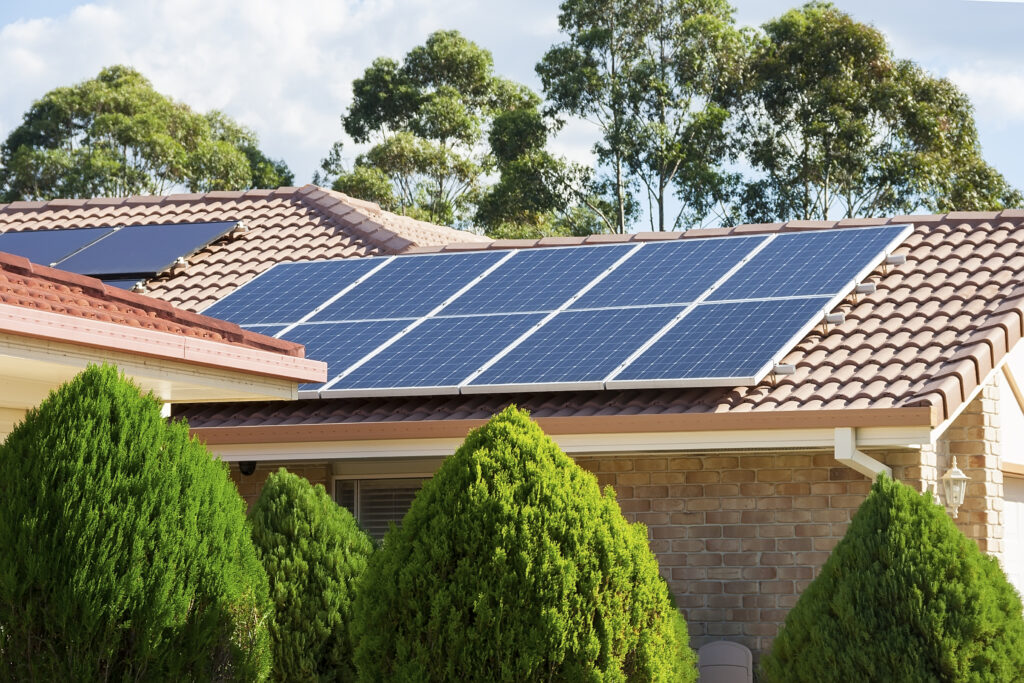
source: CBCnews.com
Australia, one of the sunniest and windiest countries in the world, is well-positioned to take advantage of the economic opportunities presented by the transition to electrified housing, which is currently well underway.
Beyond the expenses and benefits to individuals, home energy efficiency is crucial for lowering emissions. Energy efficiency is regarded as one of the simplest, cheapest, and quickest strategies to reduce glasshouse gas emissions. Energy efficiency programs help to cut demand, which lowers rates for everyone and lessens the chance of blackouts during peak periods, including during heat waves. To save money and positively impact the environment, get in contact with a professional energy consultant such as SeedHaus™ to understand the importance of efficient solutions. If you’re a homeowner you can have your house assessed to improve your energy rating.
What you can do…
Energy Efficiency Report:
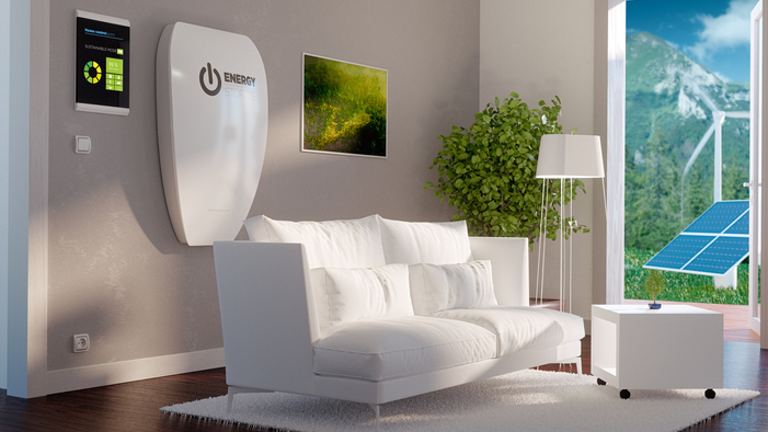
source: pinterest.com
Similar to the well-known Energy Star Rating that is now mandated on your refrigerator or washing machine, an Energy Report examines how much energy your home uses and assigns it a star rating. This involves calculating the amount of energy needed for your home to maintain a certain temperature throughout the year. Examining the structural elements of your home can have a big impact on how much energy your building uses and how much energy it takes to keep things comfortable.
Solar Panels:
Solar panels can be installed to utilize Australia’s abundant sunshine. Switching to solar energy can significantly lower your monthly expenditures, save thousands of dollars and provide an electric boost even on the overcast days.
Install Blinds or Shutters:
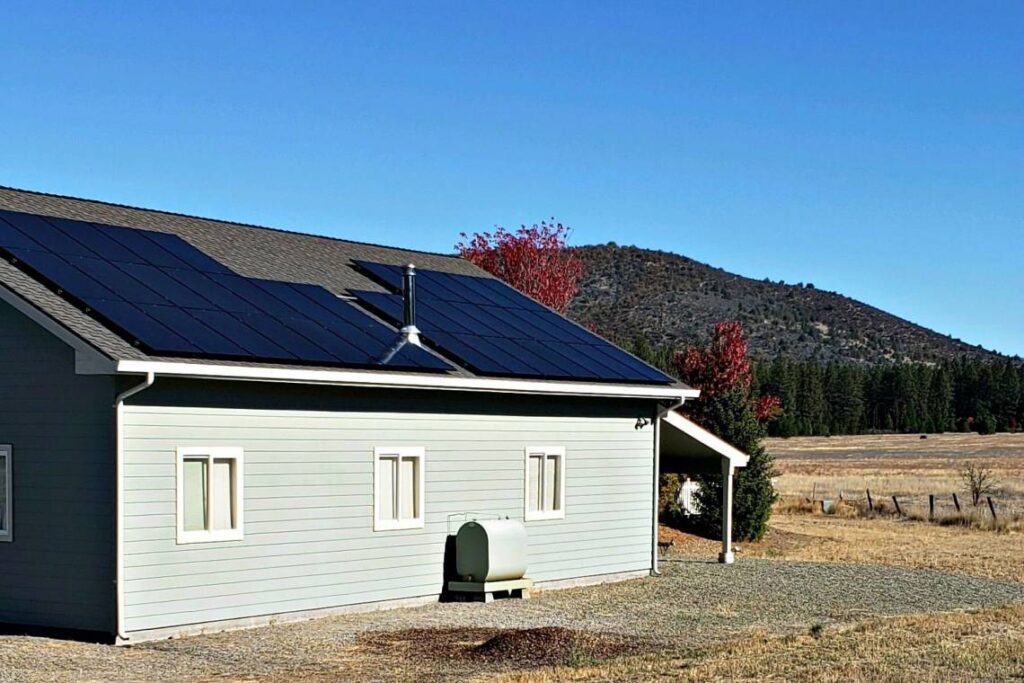
source: pinterest.com
Shutters’ capacity to regulate temperature is one feature that makes them ideal for any home. Without sacrificing privacy or security, they are great at keeping rooms well-ventilated and cool in the summer and reducing draughts in windows to keep warmth in during the winter meaning less electricity is required to regulate your home’s temperature.
Switch from Gas to Electric Appliances and Systems:
Choose electric the next time you replace your cooktop, heating/cooling system, or hot water heater to keep hazardous gas out of your house. Gas substitutes like electric cooktops and reverse-cycle air conditioners are far less hazardous and environmentally friendly than gas. Consider what appliances you use as they account for the majority of your home’s energy use.
If you’re building a new house it’s a requirement you receive an energy efficiency report to ensure your home can operate effectively. For people with existing homes switching to more energy efficient habits can save thousands of dollars. Each of these energy-saving practices adds up to less energy used overall and lower electricity costs. A 10-star home might save its owner thousands of dollars in annual utility costs compared to a 6-star home.

